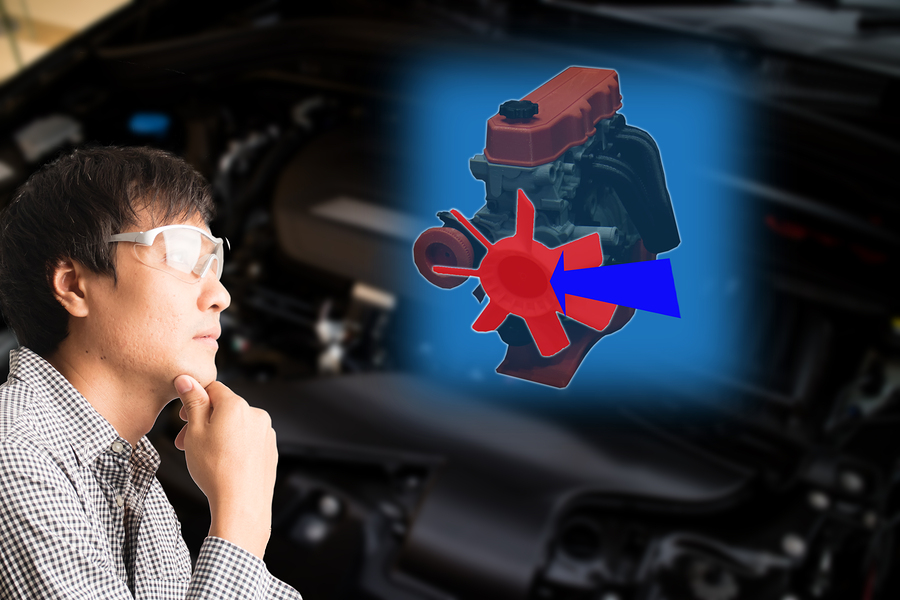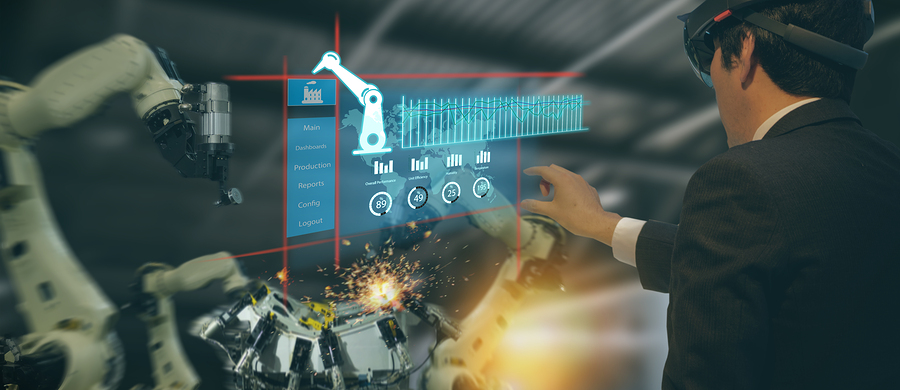Industry is on the cusp of several different technologies that could make many facets of manufacturing easier, more efficient, and safer. Augmented reality (AR) is among them: The ultimate human-machine interface. AR innovations can specifically benefit repair and maintenance, and manufacturers are already hyping this technology as a game-changer for in-house industrial repairs.
What does maintenance and repair AR look like?
AR maintenance technology has been around for a couple of years now, having first appeared as augmented repair manuals. Using tablets or specialized headsets like Microsoft’s HoloLens, maintenance techs can visualize parts and components in 3D with figures directly from an augmented manual coming to life right in front of them. Interactivity and animation turn basic CAD images into more effective instructions, which techs can easily manipulate while performing real-time repairs.
As more manufacturers pay attention to AR tech, more innovative examples are beginning to come to light. Remote AR, for example, allows repair techs to get factory-direct assistance at any point in the maintenance process by giving an expert direct visual access to what they’re seeing. From there, an assistant can “highlight parts, grab items, move items, add content, freeze a technician’s video feed” and more.

Examples of augmentation
Augmented maintenance technologies are about more than just turning 2D instructions into 3D models. The gamut of applications for augmentation when it comes to industrial maintenance and repairs is staggering, spanning simple improvements and task-altering innovations alike. Some of the breakthrough examples sticking within the industry include:
- Process examples that show step-by-step visuals of how components fit together or function as parts of the whole. These examples are in 3D and repair techs can easily view or manipulate them from any angle.
- Real-time measurement calculations for size, depth, density, temperature, and other variables allow workers to gauge critical measurements for items they’re working on for quality assurance or verification purposes.
- Inspection programming that allows an AR program to map and inspect an assembly to make sure measurements and other critical variables are correctly placed. This same programming can highlight individual pieces, calling them out visually for techs by name or even providing references to repair manuals.
- Text instructions, arrows, and prompts give maintenance techs insights in real time as they’re working on parts. This precludes them from having to stop to pick up manuals and expedites work time without compromising accuracy.
The chief goal of AR is to bring insights and information off the page in interactive ways and put it on display for the maintenance techs who need it. As users recognize unique demands within different settings, engineers can create future AR iterations to address specific challenges and problems.

AR’s measurable benefits
True interactivity with parts and procedures via AR is set to improve a variety of key performance indicators (KPIs) in maintenance and repair settings. Promising data from industry leaders in maintenance, repair, and overhaul (MRO) augmentation shows resounding benefits:
- Reduced technician training time by up to 40%
- Equipment downtimes reduced by up to 40%
- Reductions in human error by up to 40%
- Bottom line profitability improvements of more than 20%
- Tech support travel cost reductions of up to 80%
- First-time fix rates increased to as much as 70%
AR allows repair techs to stay focused on the task at hand, rather than dividing time between different resources. The results are clear: AR helps techs perform repairs and maintenance faster, with fewer errors, and with lower costs. As engineers expand AR to meet more demands within the industry, it seems destined to become a new precedent for industrial manufacturing repair.
